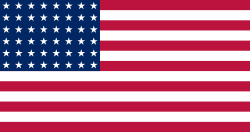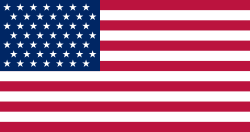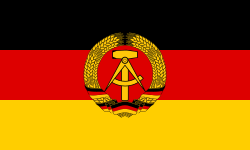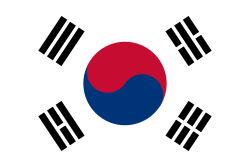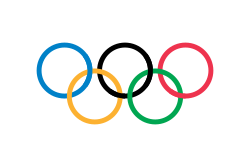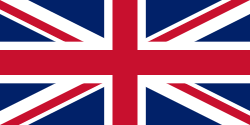Šizuka Arakawová
| Šizuka Arakawová | |
|---|---|
 | |
| Narození | 29. prosince 1981 (43 let) Tokio |
| Alma mater | Univerzita Waseda |
| Povolání | krasobruslařka a choreografka krasobruslení |
| Zaměstnavatel | Akita University of Art |
| Ocenění | Medaile cti s fialovou stuhou (2006) |
| Web | shizuka-arakawa |
| Některá data mohou pocházet z datové položky. | |
| Přehled medailí | ||
|---|---|---|
| zlato | ZOH 2006 | jednotlivkyně |
| Mistrovství světa v krasobruslení | ||
| zlato | MS 2004 | krasobruslení, ženy |
Šizuka Arakawová (japonsky: 荒川 静香) (* 29. prosince 1981, Šinagawa, Japonsko) je japonská profesionální krasobruslařka, mistryně světa z roku 2004 a olympijská vítězka z roku 2006. Po zisku zlaté olympijské medaile ukončila závodní kariéru a nadále se věnuje bruslení v show na ledu a v exhibicích. Pracuje také pro japonskou televizi jako expertka při bruslařských závodech.
Kariéra
Juniorská léta
Arakawová se o bruslení začala zajímat v pěti letech,[1] kdy začala navštěvovat Bruslařskou školu Čibikko. V sedmi letech začala i s lekcemi baletu a začala trénovat u bývalého olympionika a účastníka Zimních olympijských her 1972 Hirošiho Nagakuba. Ve věku osmi let zvládala trojitého Salchowa. Od roku 1994 se účastnila japonských národních závodů.
Vyznamenání
 Medaile cti s fialovou stuhou[2]
Medaile cti s fialovou stuhou[2]
Odkazy
Reference
V tomto článku byl použit překlad textu z článku Shizuka Arakawa na anglické Wikipedii.
- ↑ Figure Skater Shizuka Arakawa Finishes Long Season - Figure Skating News. web.archive.org [online]. 2008-05-12 [cit. 2019-11-21]. Dostupné v archivu pořízeném z originálu dne 2008-05-12.
- ↑ 平成18年度第1回理事会議事録 Dostupné online
Externí odkazy
 Obrázky, zvuky či videa k tématu Šizuka Arakawová na Wikimedia Commons
Obrázky, zvuky či videa k tématu Šizuka Arakawová na Wikimedia Commons - (japonsky) (anglicky) Oficiální stránky
- Šizuka Arakawová v databázi Olympedia (anglicky)
Média použitá na této stránce
Olympic Rings without "rims" (gaps between the rings), As used, eg. in the logos of the 2008 and 2016 Olympics. The colour scheme applied here was specified in 2023 guidelines.
Olympic Rings without "rims" (gaps between the rings), As used, eg. in the logos of the 2008 and 2016 Olympics. The colour scheme applied here was specified in 2023 guidelines.
The Canadian Red Ensign used between 1921 and 1957.
This image has compared for accuracy (mainly colors) using an image from World Statesmen. The only change is making the maple leaves green from red. This image has compared for accuracy (mainly colors) using an image from World Statesmen. The most recent version of this image has changed the harp into one with a female figure; see [http://flagspot.net/flags/ca-1921.html FOTW
The Canadian Red Ensign used between 1921 and 1957.
This image has compared for accuracy (mainly colors) using an image from World Statesmen. The only change is making the maple leaves green from red. This image has compared for accuracy (mainly colors) using an image from World Statesmen. The most recent version of this image has changed the harp into one with a female figure; see [http://flagspot.net/flags/ca-1921.html FOTW
US Flag with 48 stars. In use for 47 years from July 4, 1912, to July 3, 1959.
US Flag with 49 stars. In use 4 July 1959–3 July 1960. It was defined in Executive Order 10798.
Flag of South Korea from October 1997 to May 2011. In May 2011, the exact colors were specified into their current shades.
Olympijská vlajka
Russian Olympic Committee flag used in 2020 and 2022, for the Olympics
Flag of Hungary from 6 November 1915 to 29 November 1918 and from August 1919 until mid/late 1946.
Flag of Canada introduced in 1965, using Pantone colors. This design replaced the Canadian Red Ensign design.
Vlajka České republiky. Podoba státní vlajky České republiky je definována zákonem České národní rady č. 3/1993 Sb., o státních symbolech České republiky, přijatým 17. prosince 1992 a který nabyl účinnosti 1. ledna 1993, kdy rozdělením České a Slovenské Federativní republiky vznikla samostatná Česká republika. Vlajka je popsána v § 4 takto: „Státní vlajka České republiky se skládá z horního pruhu bílého a dolního pruhu červeného, mezi něž je vsunut žerďový modrý klín do poloviny délky vlajky. Poměr šířky k její délce je 2 : 3.“
Autor: Top on ice, Licence: CC BY-SA 3.0
Shizuka Arakawa at the 2009 Festa On Ice






